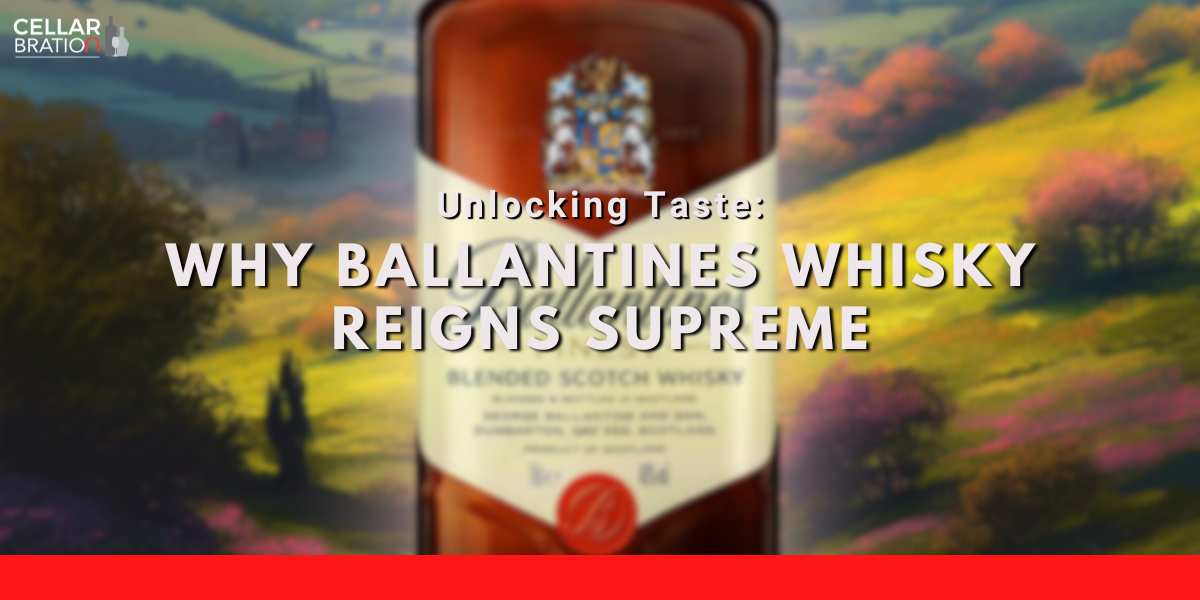
We all have our wine preferences. Some prefer sweet white wine, crips with soft tannins and others prefer dry reds, full-bodied with noticeable notes of tannins. When it comes to wine preferences, there are many factors to consider beyond the straightforward flavour profiles. One of them is the popular notion of whether you should be chilling your wine.
You may or may not give much thought to chilling your wine. Some may not like the idea of chilling wine and some may even have received backlash for choosing to chill their wine especially red wine as if it is a fallacy. Well, today we shall set the record straight.
Why Does Temperature Matter
While there is no right or wrong way to drink wine (even though some might argue otherwise), the temperature of wine when served can impact the overall flavour and scent. Temperature can enhance the complex flavours of wine and even disguise the imperfections of a lower grade wine.
When you think about it, it makes sense that different wines depending on their varietals and it’s flavour complexities made up of acidity, tannin level, sugar and alcohol content, should have their own individual serving temperatures. This makes it a salient point for why we should understand the optimal serving temperature for each wine.
The Outdated Axiom of Chilling Wine
Before delving into the optimal serving temperature for each wine, it is imperative to note that when the internet tells you to serve wine at room temperature, it does not necessarily mean the act of chilling wine. For example, the room temperature in a tropical country like Singapore would be warmer and more humid than room temperatures in cooler climate countries such as Europe or America.
That is why broad generalisations like always chill your white or the axiom of serving red at room temperature is outdated. It would be more helpful to consider optimal temperature for different wine varietals.
Optimal Temperature for Wine Varietals
Red and Fortified Wines
When it comes to red and fortified wines, we want it just like how goldilocks will like her porridge to be - Just right. Red and fortified wine taste dull when it is too cold. But when too warm, it can be flat and alcoholic. The optimal temperature for red wine is in the range of 12°C–20°C and 15°C–18°C for fortified wines like Port or Madeira.
Light-Bodied Red Wine
If you enjoy lighter-bodied red wines with more noticeable acidity, something like our Chateau de Goelane and Te Mata Estate Pinot Noir would really shine at a lower temperature between 12°C-15°C. Place it in the refrigerator for about ninety minutes to achieve the optimal serving temperature.
Medium to Full-Bodied Red Wine
Medium to fuller-bodied red wines like Haut Grelot Bordeaux and Beringer Napa Valley Cabernet Sauvignon have higher levels of tannins and taste better when it is warmer. Keep it in the fridge for about forty five minutes to achieve the optimal serving temperature of about 15°C - 20°C. If it is really warm outside, you may keep it longer in the fridge for an additional fifteen to thirty minutes but just don't let it get too cold otherwise flavours may become dull.
White Wines
Whites naturally have higher acidity and would need a chill to lift their delicate aromas and fruity notes. While it is tempting to let white wine sit in the fridge for long periods, having your white wine chilled for too long may render a muted flavour. It is beneficial to do strategic chilling when it comes to white wines.
Lighter, Fruitier White Wine
Lighter, fruitier wines like Zonin Ventiterre Moscato and Frankland Estate Riesling work best colder, between 7°C - 10°C. This is about two hours in the fridge.
Medium to Full-Bodied White Wine
Medium to fuller-bodied whites have more delicate floral fragrances and you want to be careful when chilling them as their floral aroma may not bloom properly if too cold. The optimal temperature to enjoy medium to fuller-bodied whites such as our Frankland Estate Chardonnay and Raimat Chardonnay would be between 10°C - 15°C. This would be about ninety minutes to two hours in the fridge.
Rose Wine
You can follow the same temperature ranges of a light-bodied white wine for a rosé, but if your rose has more floral flavours, we recommend serving it somewhere between 10°C - 12°C. While fruity flavours can still shine in cooler temperatures, the tiniest bit of warmth does help with highlighting the floral flavours.
How to Properly Chill Your Wine
Now that we have shared optimal temperatures for various wine varietals, we thought it would be helpful to provide you with some tips on chilling wine efficiently when in a hurry. Keep on reading and discover useful do’s and don’ts when it comes to chilling your wine.
Do’s of Chilling Wine
Chill by Glass
This is an excellent and clever method to chill your drink quickly. A glass would chill faster as opposed to a whole bottle. Just pour your wine into a glass and cover it with plastic wrap before placing it in the fridge. If you know you’ll be opening the refrigerator a lot while you’re chilling wine, place your wine farther back and away from the door to prevent spillage and better regulation of temperature.
Add Frozen Grapes
Ice cubes are often the go-to for quick chilling of beverages. However, this would cause dilution. For those who secretly like the taste of wine with ice cubes, no judgement here and please continue! But for those who are looking for an alternative to cool your wine faster, you may consider adding frozen grapes to your wine. This is also a unique way to elevate your drinking experience. Use red grapes for red wine and white grapes for white wine.
Give Your Wine an Icy Salt Bath
An icy salt bath is the most popular life hack to chill wine. All you need is a bucket of icy water with about 230 grams of salt - an ingredient known to prolong the melting of ice. Submerge your bottle into the heavily salted ice bath and it will chill in about 15 minutes. This hack however is not applicable for champagne and sparkling wine as it may create an explosion.
Don'ts of Chilling Wine
Now let’s go into some major don'ts of chilling wine.
Freeze Your Wine
You might think that freezing wine is a genius way to chill your wine swiftly. But we don’t recommend this method as your wine might solidify if you forget about it. The bottle may crack or the wine cork may be pushed out of the bottle. Either way, this might lead to an awful wine explosion in your freezer.
Dish Towel Wrap A Bottle
There are life hacks out there that suggest wrapping your wine bottle in a dish towel to prevent explosion when putting the wine in the freezer. However, this is a counterintuitive approach as the towel insulates the bottle causing it to take longer to cool.
To Chill or Not to Chill, the Choice is Yours
With all that is shared, optimal wine temperature and the nifty tips for cooling your wine fast, we are down to our last golden tip. That is when it comes to your wine, just drink it however you like. Maybe delicate aromas don’t matter as much to you. And you mainly go for the icy, sweet and alcoholic taste of a freezing cold wine. Or maybe you have sensitive teeth and the thought of a chilled wine sends chills down your spine. Whatever it is, there is no judgment and definitely no “right way” to savour your wine. We hope that this article has set you free from stereotypes of chilling wine. And if you are ready to embrace your preferences and give the above tips a try, wait no more! Come stock up on your favourite wine with us and enjoy a free alcohol delivery for purchases above $99. Cheers to chilling out your way!





